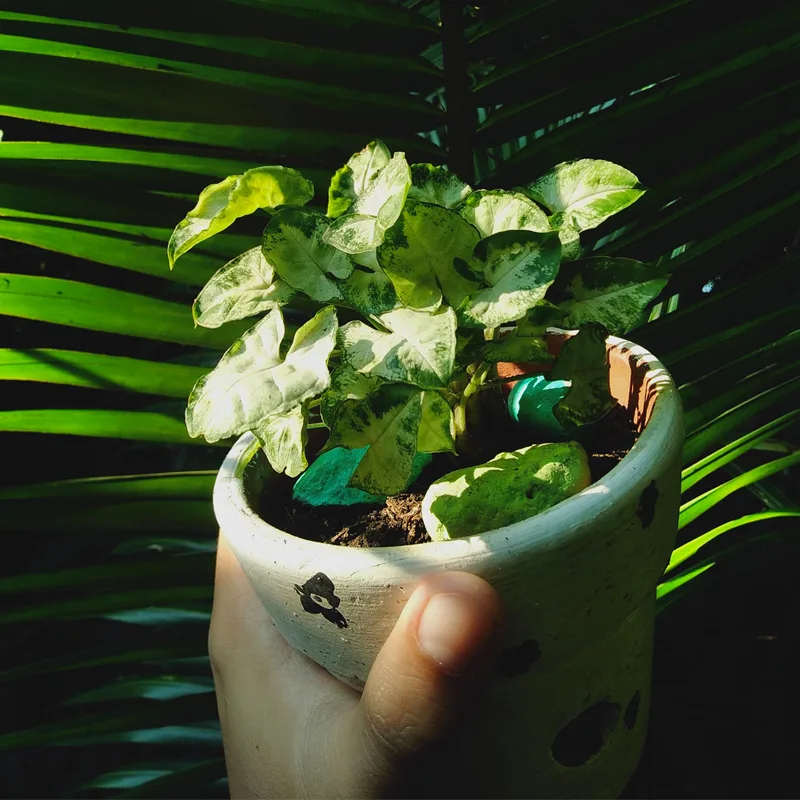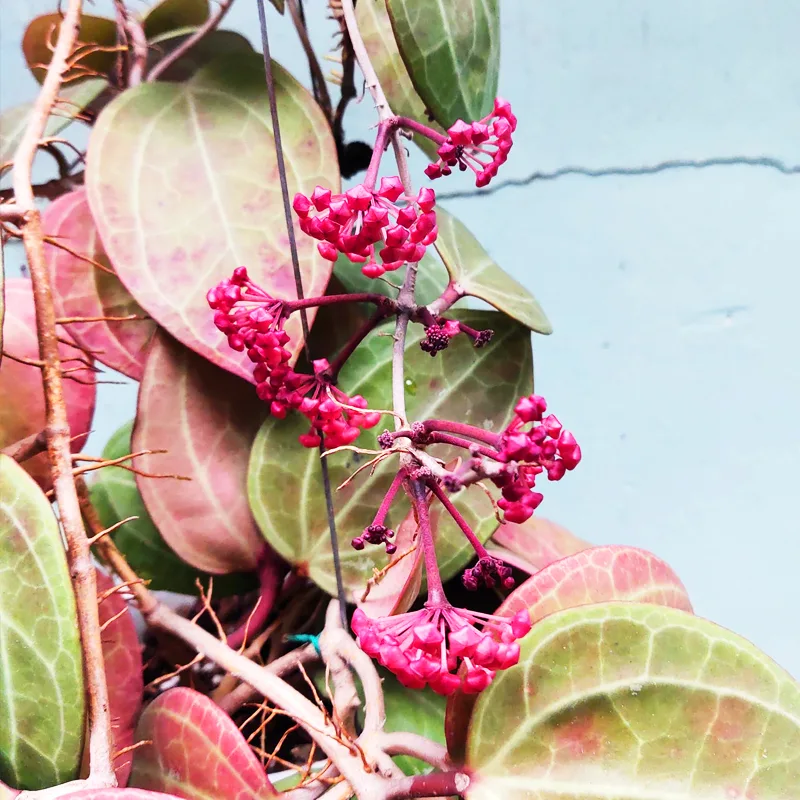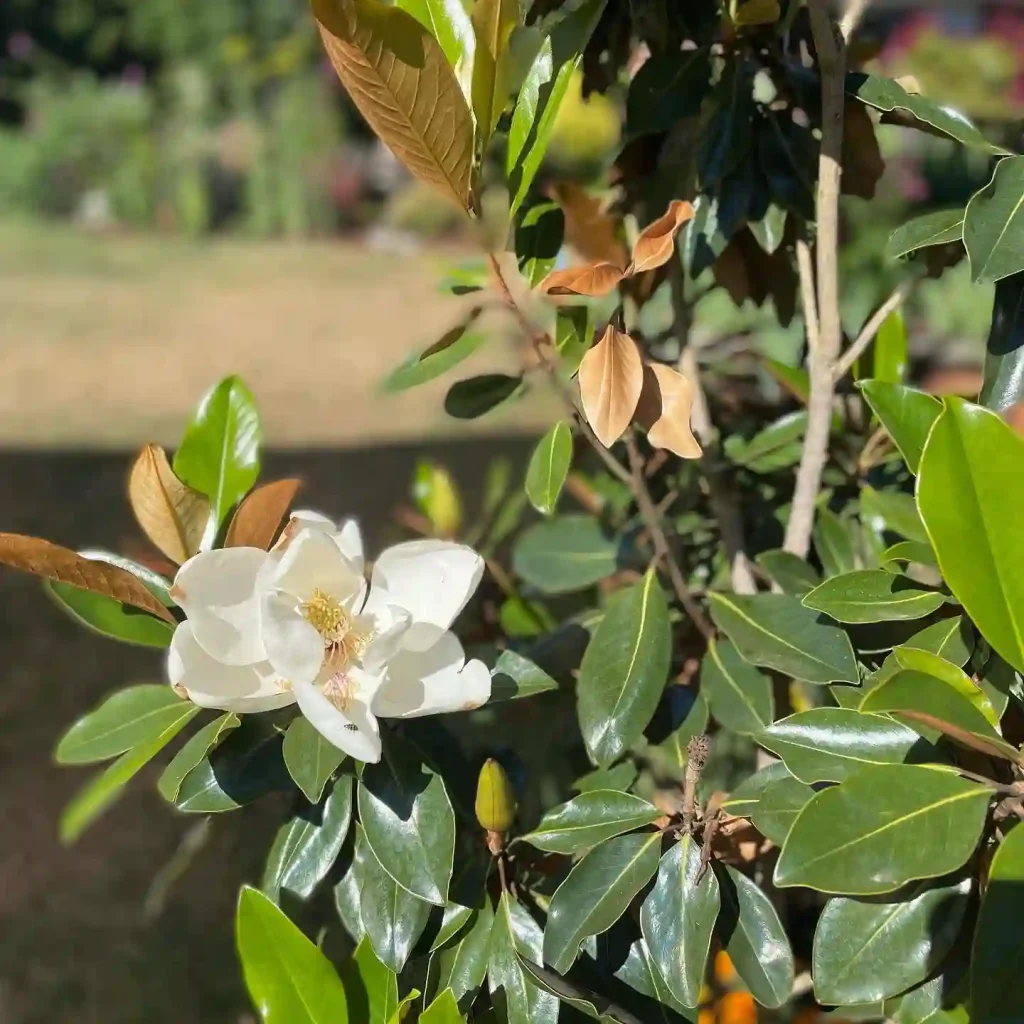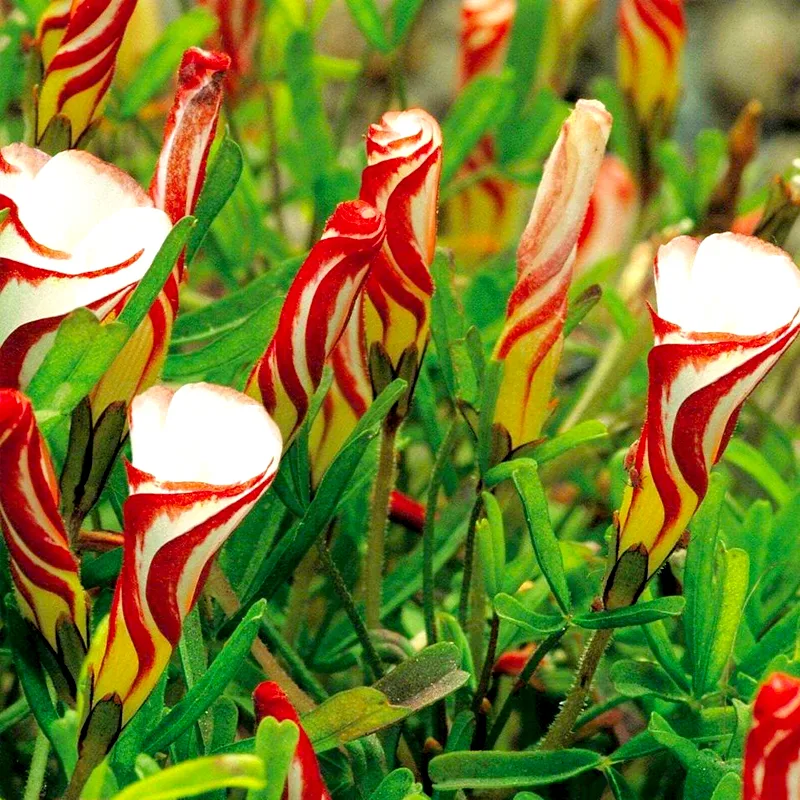Mandevilla Laxa: A Flourishing Oasis for Your Garden
For years, I’ve been captivated by vibrant blooms that cascade down balconies and fences. Those dazzling displays, I discovered, belong to the Mandevilla laxa, a captivating vining plant that thrives in warm climates. But beyond its aesthetic allure, Mandevilla laxa offers a surprising benefit for gardeners like myself: deer resistance.
Having battled with hungry deer in the past, I gravitate towards plants that these herbivores find unappetizing. Mandevilla laxa perfectly fits the bill. Let’s delve deeper into this delightful vine and explore its characteristics, care requirements, and its place in your flourishing garden.
182 Species in Genus Mandevilla
What is Mandevilla Laxa?
Mandevilla laxa, also known as the Paraguayan Jasmine, is a stunning evergreen vine boasting trumpet-shaped blooms in a spectrum of colors – red, pink, white, and yellow. Native to South America, it flourishes in warm climates, making it a popular choice for Southern gardeners in the United States and across the globe.
Beyond its visual appeal, Mandevilla laxa possesses several endearing qualities. This vigorous vining plant can reach up to 10 feet in length, creating a lush and colorful cascade. It’s also relatively low-maintenance, requiring minimal care to thrive.
Will Deer Eat Mandevilla Laxa Plants?
This is a question that plagues many gardeners like myself, especially those residing in areas with abundant deer populations. The good news is that Mandevilla laxa is generally considered deer-resistant. This deterrence comes courtesy of two factors:
- Milky Sap: The stems and leaves of Mandevilla laxa contain a white, milky sap that deters deer due to its unpleasant taste.
- Toxicity: While not lethal, Mandevilla laxa is mildly toxic to deer. Ingestion can cause stomach upset, nausea, and vomiting, making them think twice before taking a bite.
However, it’s important to note that under extreme circumstances, particularly during harsh winters when food sources are scarce, even deer might resort to nibbling on Mandevilla laxa. If you live in an area with a particularly high deer population, consider planting your Mandevilla laxa in close proximity to less deer-resistant plants. This might act as a decoy, distracting deer from your prized vine.
How to Care for Mandevilla Laxa?
Providing proper care is essential for a flourishing Mandevilla laxa. Here’s a breakdown of its key needs:
- Sunlight: Mandevilla laxa thrives in full sun, requiring at least 6 hours of direct sunlight daily.
- Soil: Opt for well-draining, fertile potting mix.
- Watering: Water regularly, allowing the top inch of soil to dry out between waterings. Avoid overwatering, which can lead to root rot.
- Fertilizer: During the growing season, fertilize your Mandevilla laxa every two weeks with a balanced fertilizer diluted to half strength.
- Pruning: Regular pruning encourages bushier growth and promotes more blooms. Prune lightly throughout the growing season and give it a more substantial trim in late winter or early spring before new growth appears.
How to Propagate Mandevilla Laxa?
Propagating Mandevilla laxa is a rewarding way to expand your collection or share this delightful vine with friends. Here’s a simple method:
- Take stem cuttings, ideally 4-6 inches long, just below a leaf node.
- Remove the lower leaves and dip the cut end in rooting hormone (optional).
- Plant the cuttings in a pot filled with moist potting mix.
- Cover the pot with a plastic bag to create a humid environment.
- Place the pot in a warm location with indirect sunlight.
- Keep the soil moist but not soggy. Roots should develop within 4-6 weeks.
- Once roots are established, gradually remove the plastic bag and harden off the plants before transplanting them into their permanent location.
What to Plant With Mandevilla Laxa?
Mandevilla laxa’s vibrant blooms and cascading foliage make it a versatile companion for various plants. Here are some ideas:
- Trailing Petunias: These colorful annuals create a stunning display when planted beneath the Mandevilla laxa, adding cascading charm to pots and hanging baskets.
- Caladiums: The bold foliage of Caladiums provides a striking contrast to the delicate blooms of Mandevilla laxa, creating a visually captivating combination.
- Verbena: The vibrant blooms of Verbena complement the colors of Mandevilla laxa, creating a burst of color in your garden.
By incorporating these tips, you can cultivate a thriving Mandevilla laxa that will grace your garden with its beauty for many seasons to come. With its minimal maintenance requirements and deer-resistant nature, Mandevilla laxa is a perfect choice for busy gardeners seeking long-lasting color and visual intrigue. So, if you’re looking for a vibrant addition to your balcony, fence, or patio container, consider welcoming the Mandevilla laxa into your flourishing oasis.
If i die, water my plants!



